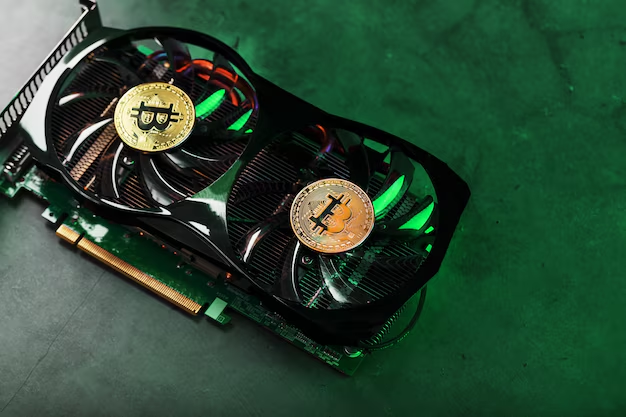Discover the Inner Workings of Bitcoin Mining
Bitcoin mining often sounds like something straight out of a high-tech thriller, but in reality, it is a critical process that keeps the blockchain running and the Bitcoin market afloat. Understanding the complexities of how Bitcoin mining operates can not only pique your curiosity but also provide insights into broader financial strategies.
The Fundamentals of Bitcoin Mining
At its core, Bitcoin mining is the process of adding transaction records to Bitcoin's public ledger of past transactions or blockchain. This ledger is essentially a chain of blocks, from which the term 'blockchain' is derived. Miners use extensive computing power to solve complex mathematical problems, validating transactions within the network. Each time a miner successfully validates a block, they are rewarded with newly minted bitcoins.
How Does It Work?
Transaction Collection: Miners collect transactions into a block. Each transaction is verified to make sure it is valid.
Problem-Solving: Miners must solve a complex cryptographic puzzle to add the block to the blockchain. This requires substantial computational power and is often referred to as 'proof of work'.
Rewards and Fees: Upon solving the puzzle, the block is added to the blockchain. Miners get rewarded with bitcoin for their efforts, plus transaction fees from the included transactions.
Network Verification: Once a block is added, it's verified by other miners. This consensus ensures the integrity and chronological order of transactions.
The Upsides and Downsides of Mining
While mining can be lucrative, it requires massive investments in hardware and electricity. The competitive nature of mining means that only those with state-of-the-art, energy-efficient equipment and access to cheap electricity can profit consistently. Additionally, as the bitcoin supply nears its limit, the rewards for mining diminish, increasing reliance on transaction fees.
Enter the Wider Financial Landscape
Understanding Bitcoin mining opens doors to considering other areas of financial interest. As with any investment or cost generator, like electricity for mining, securing financial aid can significantly mitigate expenses, prompting various resources to become pivotal:
Government Aid Programs: Offering relief or support for technological innovations and energy-efficient projects.
Financial Assistance Options: Scholarships or grants may be available for academic pursuits related to blockchain technology or renewable energy solutions.
Debt Relief Solutions: Could be explored for miners who face financial challenges after making significant investments.
Credit Card Solutions: Seek cards with rewards for electricity bills or equipment purchases, essential for miners managing overhead costs.
Exploring Useful Resources
Here's a quick-reference guide to potential financial support tools:
- 🏛️ Government Aid Programs: State grants for clean energy
- 💳 Credit Card Solutions: Cards offering cashback on utility payments
- 🎓 Educational Grants: Scholarships in blockchain technology
- 💼 Financial Assistance: Programs aiding tech startups
- 🏦 Debt Relief Options: Services for managing business-related debt
Whether your interest lies in Bitcoin mining itself or in maximizing the financial potential around it, numerous avenues await exploration. Understanding and leveraging these can not only enrich your knowledge but enhance your financial efficiency in an ever-evolving digital economy.
